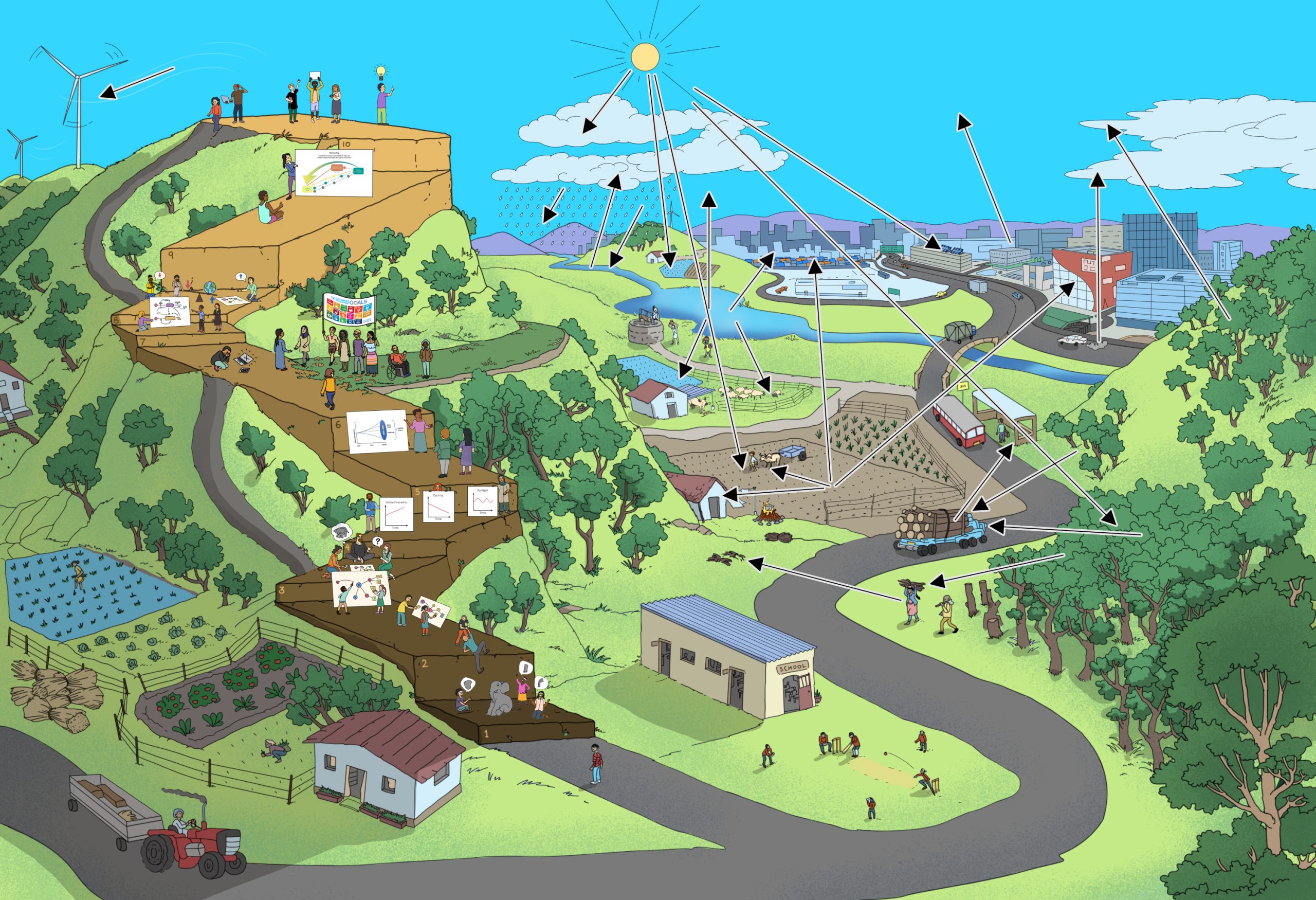Suitable for Steps 1 and 2
Duration
30 to 40 minutes
Material Needed
Blackboard, whiteboard or paper and pen
Group size
Individual, Group of up to 20 to 25
Objective
Enable learners to gather key ideas and associations around a topic.
Description
Brainstorming helps learners gather their thoughts and information on the chosen topic and evolve new ideas through discussion. The person or group brainstorming writes down all the facts that come to mind. The emerging collection of words, phrases, and sentences, document their existing knowledge of the topic. At the same time, it can show the gaps in knowledge. The difference can help learners think about the known facts and order them logically. The association of words and ideas can jog the learners’ thinking and add new ideas, which they might not have thought otherwise.
The steps are:
- Write everything down just as it comes to mind, in no particular order.
- Alternatively, first, think about categories or broader terms; in this case, they may be like “raw material”, “components”, or “processes”. This provides a certain order to the brainstorming. Note that some may find that providing an order helps jog their thinking, while others might feel that providing an order or structure too soon constrains their thinking. In Brainstorming, it may be advantageous to first enable broader and more divergent thinking, before collating and structuring the ideas.
- Arrange the words, phrases and icons in a structure that is meaningful and present it in the forms of a graphic.
Contribution to Systems Thinking competence
Brainstorming is an important method to get a broader understanding of the different aspects of a given topic, jog one’s thinking and create new thoughts in relation to a topic. Brainstorming is akin to listing several different elements that may be present in a system and allowing one’s brain to lead on to different elements through a natural process of association of words and ideas.
EXAMPLE
Assume that the task is to answer the question “Can we eliminate usage of cotton in our lives?”.
Before answering this question, one might first think about all the goods that are made of cotton. A brainstorming would be very helpful and bring up keywords like T-shirts, jeans, jackets, skirts, gunpowder, explosives, bandage, hygiene items, ropes, notes, …

